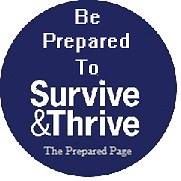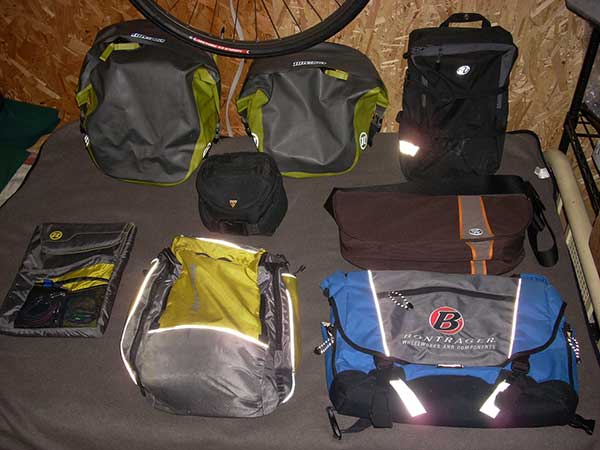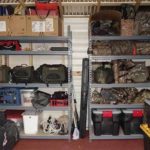The Importance Of A Get Home Bag And A Great Starting List
This is a great guest post from a staff cousin who is just starting out prepping. She thought she would share her get home bag list and why she has one with you all.
Have you ever heard of a get-home bag? I hadn’t until recently. Sure, I’ve heard loads about bugout bags, but nothing about a get-home bag, even though this may be one of the first steps a novice prepper should take. A good get home-bag should be a lightweight bag that is filled with items you may need to get you home in case of an emergency, for example think of the New Yorkers by the twin towers after the 9/11 attacks. Since you wouldn’t be using it for long-term, it can be less extensive than a bugout bag. It’s a wonderful tool to have in your arsenal and an inexpensive way to start prepping.
Each get-home bag should be tailored to the person using it, but there are some items that should be universally included. To get started, I suggest selecting a lightweight, sturdy backpack. Backpacks are ideal because they help to distribute the weight evenly across your back, are easy to carry, and free up your hands to do be able to do other tasks. Some items to pack in your get-home bag include:
1. Water
2. Food, such as meal replacement bars, to help you keep up your strength and energy
3. Bandana to put over your face to filter out as many impurities in the air as possible
4. Duct tape to use as a way to fix your apparel, your bag, or even serve as a bandage or tourniquet in a pinch
5. Permanent marker
6. Cash, preferably in small bills.
7. Sunglasses to both shade the sun and help protect your eyes from particles in the air
8. Compass
7. Hand sanitizer or baby wipes (or both)
8. Flashlight and back up batteries
9. Pocket knife or multi-tool
10. Crowbar
11. Paracord
12. Portable radio
13. Empty ziploc bags
14. Extra socks
15. A change of shoes, if appropriate
Since I’m a female and a mom who usually has her toddler with her, my needs are a little more specific. I’ll add some feminine hygiene products (which can also serve as first aid items in a pinch), a hairband, some diapers, and a bottle of pediasure. Also, don’t forget to update your bag so that it’s seasonally appropriate. For warmer weather I’ll include some sunblock, insect repellant, and maybe a brimmed hat. For cooler weather I’ll include some hand and foot warmers, a mylar blanket and a clothespin so I can wear it like a cape, gloves, a scarf, and a knit hat.
Once you get your get-home bag assembled, you need to decide where you’ll keep it. Again, this should be tailored to your individual needs, but you should keep it where it’ll be easily and quickly accessible. So, if you work in a downtown area and may not park right by your work, I would suggest keeping your bag in your workspace. However, if you park close to where you work or are like me and don’t work away from home, I recommend keeping your bag in your car (if applicable.)
Have you assembled your get-home bag yet? What are some of the items that you’ve included, and where are you keeping it?
 This is an aggregated site. Please be aware some of the sites we link you to could have pop ups. We have no control over them. However, we will never link you to a site that requires you to make any purchase to view the blog.
This is an aggregated site. Please be aware some of the sites we link you to could have pop ups. We have no control over them. However, we will never link you to a site that requires you to make any purchase to view the blog.
Please read our disclaimer. We provide you with information from various sites all over the world. The author’s expressed opinion isn’t necessarily that of The Prepared Page or its staff. Our intent is to bring you the information. Use your common sense and your own best judgment when using any information contained within the blogs.
While you’re here check out some of those other posts you may find them interesting!!!
Some posts may contain affiliate links.








